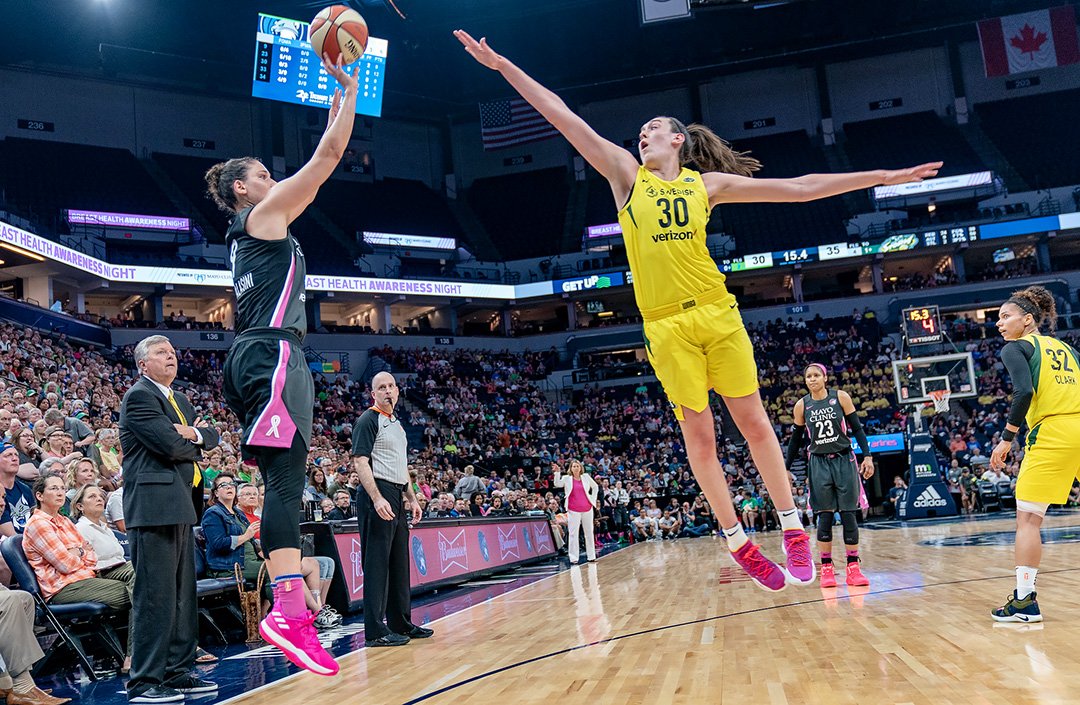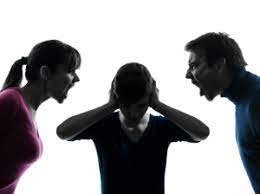The Tricky Path Forward for 2’s and 3’s
No, not those 2’s and 3’s….
Across the Christian church in the US, denominations and believers are trying to sort through their stances on some of the toughest challenges facing our society.
My denomination, the United Methodist Church, is in the middle of a wrenching debate over how to think through whether it should bless gay marriage and ordain gay pastors – questions other denominations have variously publicly taken on and adopted, or condemned, or scrupulously ignored. There are deep consequences for each of those paths, among them increased rancor, declining membership, financial challenges, withdrawals, schisms. Divides on these and other issues of race, politics and gender are forcing churches and believers to ask themselves deep, searching questions.
The terrain for approaching these issues is shifting, but it is useful to sort through some of the categories that believers’ thinking falls into, not just for how this might help us understand our own belief, but for the larger applications this might have in helping us understand the divisions of today, in our work landscapes, our political world and in our friend groups.
Kevin DeYoung, an author and a pastor at Christ Covenant Church in Matthews, NC, has taken time to tease out four different categories of belief within the Reformed Evangelical tradition when it comes to race, politics and gender.
He gives each of these positions positive-sounding adjectives to describe them, and analyzes positions on a series of hot-button issues.
· Those who are “Contrite,” (a group he also calls “1’s”), he says, believe the church has been “blind to injustice, fascism, sexism and abuse.” Contrites believe the church needs to own up to its own sins and find ways to overcome them.
· Those in the “Compassionate” category (“2’s”) believe the modern church needs to “weep with those who weep,” to demonstrate the love of Christ through deep empathy.
· A third group he calls the “Careful” (“3’s”) is made up of people who point to our current moral confusion and carelessness, and looks to the Church to draw on its existing traditions to understand “the challenges of our day.”
· Those in the “Courageous” category (4’s) believe the church is capitulating to the spirit of our age. They call on the church to warn against dangers and “stand as a bulwark for truth, no matter how unpopular.” Last week’s action by the Southern Baptist Convention to eject certain churches for appointing women to leadership positions was led by “4’s.”
DeYoung then analyzes these sects’ position on ten key issues, ranging from systemic racism to Christian nationalism to gender roles and others. For example, on one issue from the pandemic, the Contrite 1’s believe strongly in masking, and point to Covid’s disproportionate impact on minority communities. The Compassionate 2’s see mask-wearing as evidence of loving one’s neighbor. The Careful 3’s view mask-wearing as frustrating, but an issue to get through. Those in DeYoung’s Courageous 4’s category see mask-wearing as a sign of government encroachment on our liberties.
Seeing gray is hard when you are only hearing black and white.
DeYoung notes that in evangelical churches, it is the 1’s and 4’s that are making the loudest noise, with 1’s encouraging their fellow believers to withdraw from white evangelical churches and 4’s calling for 1’s to be excommunicated.
2’s and 3’s want to find some sort of middle ground that keeps the church together, but find themselves seeing more gray than either 1’s or 4’s. 2’s may want 3’s to denounce 4’s, while 3’s want 2’s to stand up to the extremism of 1’s.
DeYoung doesn’t offer any concrete thoughts on how to heal the divides between 1, 2, 3 and 4: he notes that describing the categories provides a useful context to begin determining how the modern church can go forward and believes that understanding the beliefs at the core of the categories will help facilitate conversation across divides.
That’s a possible start, I guess, for in-church discussions, provided people can find a way to talk without screaming or listen without “yeah-butting.”
But why should anyone who is not an evangelical Christian care about this debate? While the specific language used to describe divides may be different, DeYoung’s four categories could just as easily describe liberal Democrats, moderate Democrats, moderate Republicans and the conservative right. And I think there are at least two important points as we try to transfer the divides from religion over to politics: 1) the overlaps between religion and politics remind us the extent to which politics is winning out over religious principle as a driver of our core belief systems; and 2) when one’s stand on key political issues becomes as deeply held as a religious belief, it is hard to find any compromise going forward. While 1’s and 4’s scream it out in what both believe is a struggle for the soul of America, it will be hard for 2’s and 3’s to be heard.
-Leslie
What’s the path forward from here? How do we move from yelling to listening? Is detente possible, or schism certain, because these issues live in the world of faith and belief?
References:
The Gospel Coalition: https://www.thegospelcoalition.org/about/council/
Four Approaches to Race, Politics and Gender: https://www.thegospelcoalition.org/blogs/kevin-deyoung/why-reformed-evangelicalism-has-splintered-four-approaches-to-race-politics-and-gender/
Southern Baptist Convention on women in leadership: http://www.baptist2baptist.net/printfriendly.asp?ID=58 and
https://www.nytimes.com/2023/06/16/us/southern-baptist-women-pastors-church.html

